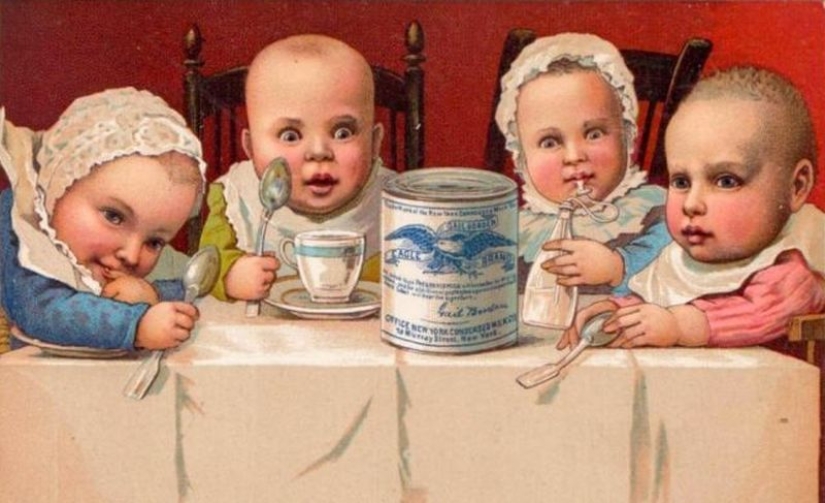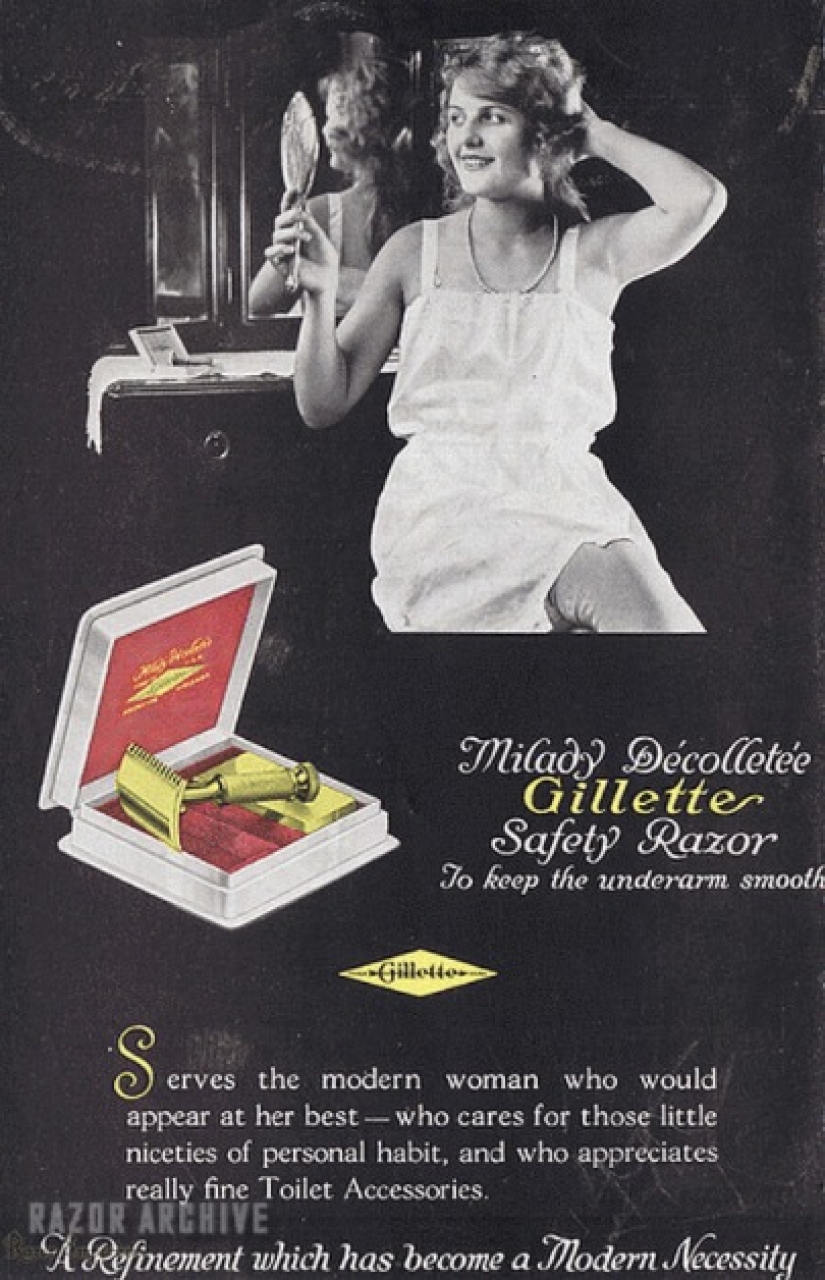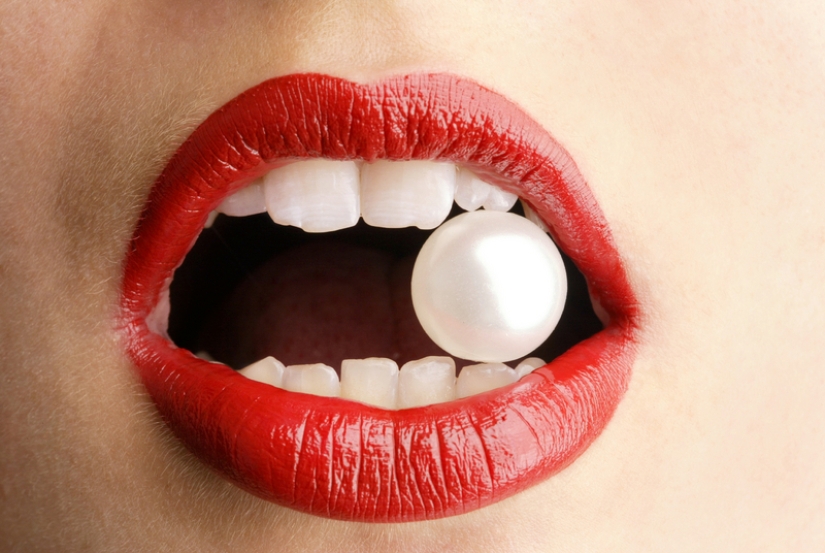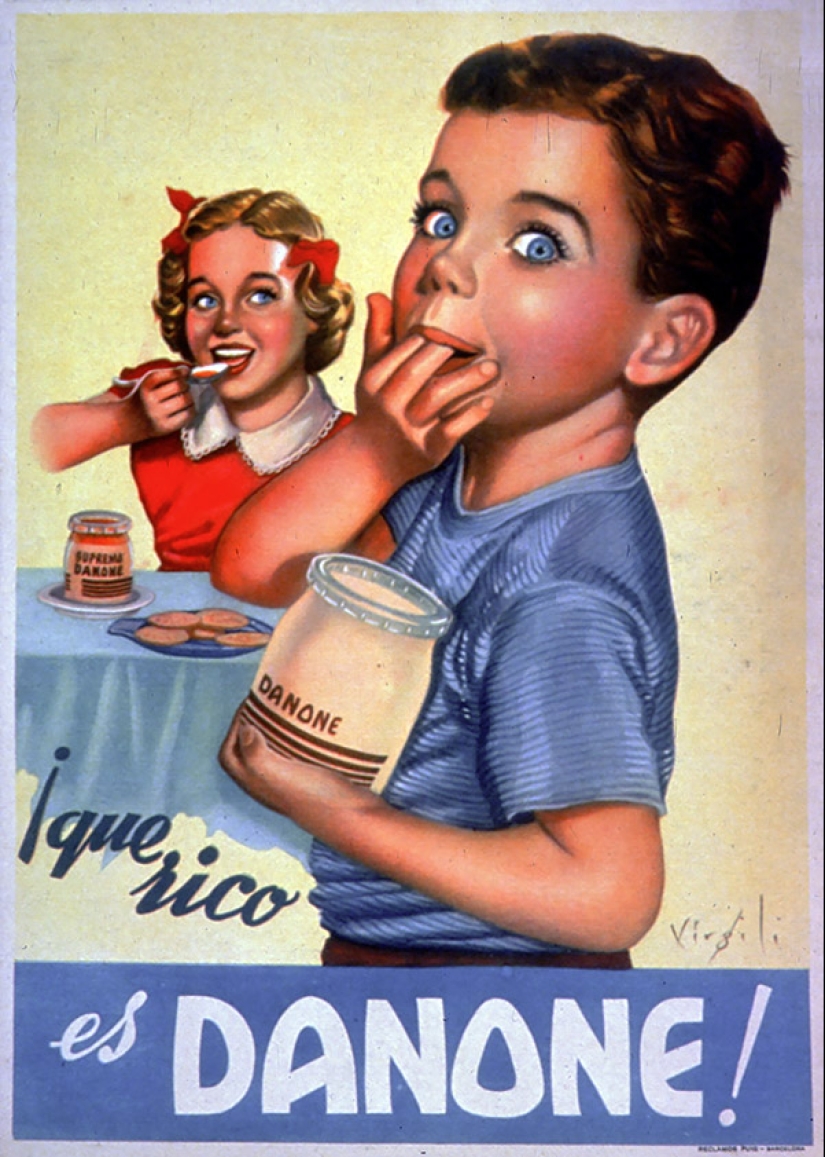How promotions of leading brands have changed the minds of customers
Categories: World
By Pictolic https://pictolic.com/article/how-promotions-of-leading-brands-have-changed-the-minds-of-customers.htmlThe 20th century gave rise to a great art — advertising. Today, it is impossible to promote any new product to the market without it. Let's be honest, the main task of advertising is to make a person part with his money. And some brands have succeeded so much in this direction that they were able to inspire customers with new standards of living.
 No one can voluntarily buy a thing without which he used to do perfectly well all his life. On the other hand, few people can resist an effective advertising campaign. Beautiful slogans, bright booklets, widespread popularization of new products occupy a significant part of the information space. We will tell you about the advertising tricks that allowed cunning manufacturers to earn billions.
No one can voluntarily buy a thing without which he used to do perfectly well all his life. On the other hand, few people can resist an effective advertising campaign. Beautiful slogans, bright booklets, widespread popularization of new products occupy a significant part of the information space. We will tell you about the advertising tricks that allowed cunning manufacturers to earn billions.
A hundred years ago, people looked natural, and women considered vegetation on the body and under the arms to be the norm. But new standards of beauty appeared thanks to the well-known Gillette trademark. In 1915, almost every American shaved with a safety razor of this brand, but it was necessary to expand the market.

The owner of the company, Camp Gillette, thought about the future. It was he who came up with the idea that women also have something to shave. By that time, open outfits that exposed the armpits and legs had become fashionable. America is flooded with a new advertising campaign. Happy girls with clean-shaven armpits looked from bright posters. Slogans explained the lack of love with unshaven armpits, offered to give the girl a Gillette shaving machine.

Women willingly picked up the fashion trend. The vegetation on the body has become a sign of indecency, bad taste, unkemptness. And the Gillette company gradually turned into a powerful giant selling shaving machines all over the world.
Every dentist will confirm that the natural shade of tooth enamel is far from snow-white radiance. Despite this, it is now considered bad form to have teeth that are not perfectly white. How could this happen? The fashion for snow-white enamel appeared thanks to the manufacturers of toothpaste.

It all started with a convincing video in which the model proudly showed a snow-white smile. The slogan claimed that an exceptionally effective toothpaste guarantees a snow-white color of teeth. The pursuit of an unnaturally white smile began. Customers were more willing to purchase whitening toothpastes, enriching manufacturers. In reality, no tooth powder or paste will make tooth enamel snow-white, and special whitening compositions for home use are quite harmful to tooth enamel and dental health.
It is far from news that companies are enriched by the volume of sales of their products. Marketers have taken care to teach consumers to buy the promoted products more often. In this environment, it is considered sacrilege to teach saving. On the contrary, you need to spend as much as possible, without sparing the money spent.

Not a single commercial shows that toothpaste can be squeezed across the brush, and not along. But in fact, for high-quality dental care, it is enough to use a volume of toothpaste with a pea. The well-known Colgate company went even further and many decades ago switched to the production of toothpaste in tubes with a wide neck, so that the paste ends faster.

A similar situation has developed with chewing gums. Commercials teach you to refresh the oral cavity with at least two pads. Although one pad copes with this task no less effectively. The advertising trick with a large amount of product belongs to the company Alka-Seltzer. At one time, the brand faced a drop in sales. A little trick helped solve the financial problems of the brand, but not the customers.
For many, it will be a discovery that manufacturers of printing equipment receive most of their profits from the sale of cartridges and ink. The first printers did not have a trick with a warning that they had run out of ink. And in modern printers, the inscription is displayed when there is still plenty of ink.

If in one case a flashing warning is an irritating factor, in another-the printer refuses to print, unless you replace a half-empty cartridge with a new one. As a result, the printer owner is in a hurry to buy a new cartridge, unaware of the lost money. But in reality, there would be enough ink for another week of printing.
The Danone company appeared on the American market in 1950. But only then customers were in no hurry to buy store-bought yoghurts. Nutritionist Gaylord Hoser changed everything by writing a book about the benefits of fermented dairy products. Danone has adopted the work of a well-known nutritionist, referring to his research in advertising.

The brand focused the attention of consumers that only natural sourdough is used in the production of Danone yoghurts. The company was not ready for a sharp increase in demand. I had to switch from natural production, replacing the starter cultures with unnatural components. By that time, customers had time to believe in the benefits of Danone yoghurts. Today, consumers continue to buy unnatural products, mistakenly considering them useful.
Today, many people start the day with a glass of freshly squeezed orange juice. However, this drink was not always considered a storehouse of vitamin C. Many years ago, American farmers, alarmed by the low demand for oranges, turned to a well-known advertising company for help. Albert Lasker undertook to solve the problem. The purpose of the advertising campaign was to inform consumers about the useful properties of citrus fruits.

In an instant, America turned orange, because everywhere there were ads with oranges and happy people with a glass of orange juice. The slogans claimed that freshly squeezed orange juice would give cheerfulness and freshness for the whole day. Gullible consumers very quickly emptied the shelves with oranges, and farmers forgot about financial problems.
The enterprising Albert Lasker is involved in the promotion of condensed milk. Once this product was not popular. Customers did not like that the condensed milk smells like boiled milk, although this was quite expected, given the production technology. Albert Lasker changed the situation with the help of outright deception.

A bright advertisement with chubby children claimed that in fact, the well-known condensed milk has a subtle aroma of almonds. Buyers believed and sales of condensed milk went up. A talented entrepreneur has once again shown how easy it is to manipulate the minds of consumers.
Keywords: 20th century | Brand | Advertising campaign | Consciousness
Post News ArticleRecent articles

Illustrator from Canada Mark Gagne (Mark Gagne) presented a series of works called "Ink Photography" (Inked Photography). If you ...

Someone thinks that perfectionism is a disease that should be treated. Someone, on the contrary, teaches others how to restore ...
Related articles

The Indochina Peninsula, located in southeast Asia, is a favorite place for tourists all over the world. Myanmar, Thailand, Laos, ...

About each nation there are stereotypes. For example, the Germans say that they love the "Ordnung", discipline and purity. This ...

In the 50‑ies of the last century, the capital began to expand. It was annexed areas Fili, Mnevniki, Moscow, Sviblovo, textile, ...

Although body positivity is actively promoted to the masses these days, slim figures remain trendy. Even those who demonstrate ...